Saint Nicholas Naval Cathedral
This ornate church has survived Nazi and Soviet occupation, including a short stint as a Soviet-era gymnasium and cinema.
Just north of Liepāja in Latvia, the Saint Nicholas Naval Cathedral, an ornate Russian Orthodox church, stands in stark contrast to its drab surroundings in the former closed military district of Karosta.
The cathedral served the Russian imperial navy crewmen who were stationed here at the Karosta port. Following the traditional design of 17th century Russian churches, Tsar Nicholas II himself was present for both the laying of the cornerstone, and also the final consecration ceremony two years later in 1903. The cathedral was decorated inside with an extraordinary array of mosaics, icons, wood carvings, paintings, and frescoes created by a team of mostly Russian artists including V. Frolov, P. Abosimov, F. Railyan and M. Vasilyev.
Unfortunately, when the Germans invaded Latvia during World War I, the cathedral lost many of its original fittings. What couldn’t be sent back to Russia in time was stolen by the invading army. Following the war, Latvia regained its independence and the Saint Nicholas Naval Cathedral was re-consecrated as Latvian Lutheran, to be used by the newly posted sailors of the Latvian navy.
When Latvia came under Soviet occupation, from 1944 onward, this port district became a “closed town.” High fences were built around Karosta, its port now serving as a maximum-security naval base for the Soviet Baltic Fleet. Not even locals from the city of Liepāja were able to enter the district, while those posted inside Karosta were likewise unable to leave.
Under Soviet rule, the Karosta base was developed with new residential units that took the form of largely concrete housing blocks, for crewmen and their families, as well as various new cultural venues for the entertainment of the base’s residents. The St Nicholas Naval Cathedral, its religious functions redundant under the Soviets’ imposed state atheism, was adapted for use as a cinema and sports hall. The spacious dome above the main interior space was even closed off, as the acoustics made it difficult to follow the dialogue of movies being screened inside the former cathedral.
The cathedral retained this mundane status right through until the fall of the Soviet Union. When Latvia regained independence in 1991, however, the building was restored and became a working cathedral of the Latvian Orthodox Church. The Soviet-era blocks of Karosta slipped into gradual decline after the Russian navy left the region in 1994, and today, the district can sometimes feel like a rather sad satellite of Liepāja, showing signs of both economic and physical decline. These surroundings make the Saint Nicholas Naval Cathedral all the more striking, its glittering golden domes rising in defiance above the blocks of its former persecutors.
Know Before You Go
The Saint Nicholas Naval Cathedral is free to visit, and open from 8 a.m. until 5 p.m. every day of the week.

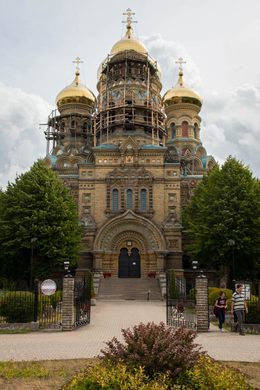
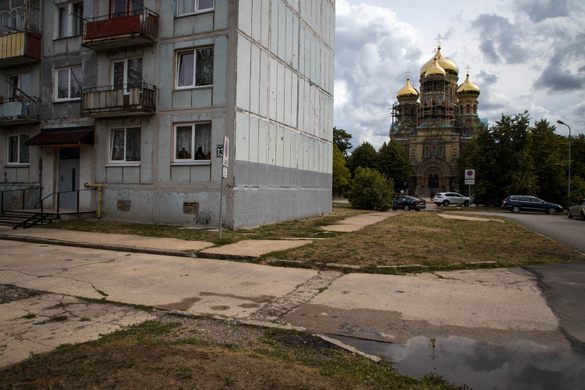
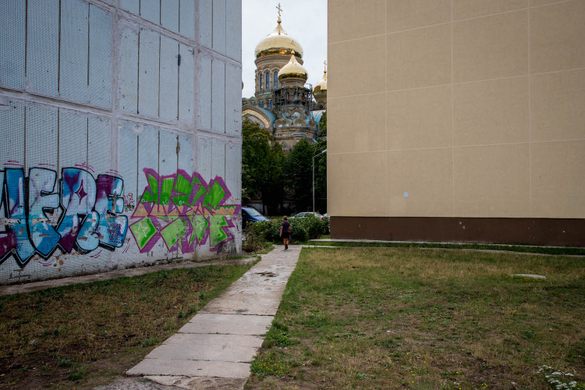




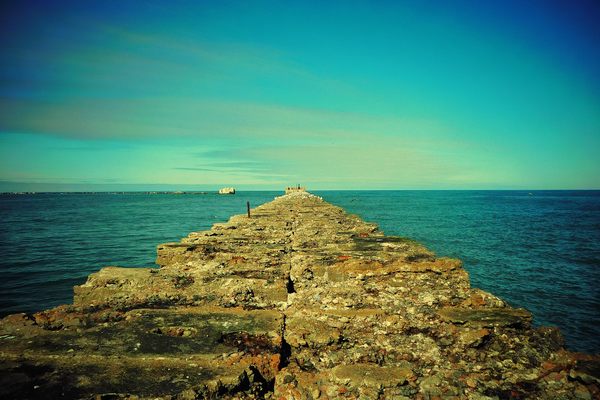



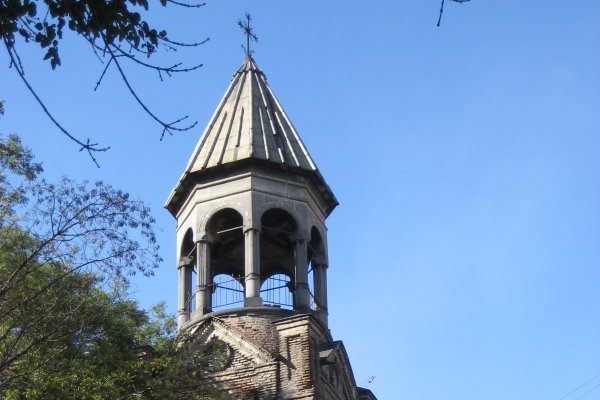

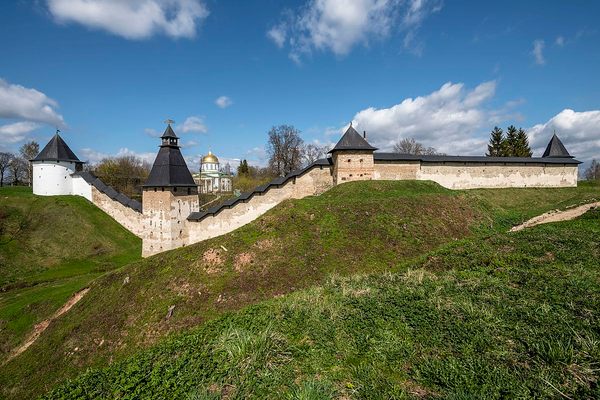

Follow us on Twitter to get the latest on the world's hidden wonders.
Like us on Facebook to get the latest on the world's hidden wonders.
Follow us on Twitter Like us on Facebook